At Eyes of the Storm, the de Young Museum’s exhibition of photographs taken by Paul McCartney, mainly on the Beatles’ first American visit, the typical viewer will be surprised to find herself empathizing more with the rock stars than the audience. In early photos, the crowds – and the band members – are eager, curious and frank. But through the months and the cities and photoshoots, the Beatles learn to pose. They soon find themselves flattened by a camera’s gaze in a way all too familiar to just about everyone today.
The collection opens with the Beatles’ British tour in 1963 and residency in Paris in early 1964. “We were just wondering at the world,” McCartney writes, “just excited about all these little things that were making up our lives. We were fascinated with what we were doing and what was happening to us.” These early photographs catch the casual watchfulness, the carefree listening and the quiet affection of the band backstage. In “Ringo Starr, 1964,” for instance, a fit of laughter catches the drummer. An attentive photographer – one who delighted in and perhaps himself was also caught in Ringo’s laughter – captured the moment in a way that seems unthinking. Such images are undeniably tender.
‘We were fascinated with what we were doing and what was happening to us’
Then comes the novelty of the Beatles’ first transatlantic flight and their reception in New York, where McCartney’s camera turns from his bandmates to the crowds. The Beatles arrived in America just after the JFK assassination, but instead of finding a nation numb with grief, they met exuberant friendliness. Photography is, of course, a silent medium. McCartney’s pictures mute the screaming and suspend the roiling of the crowd, bringing individuals’ expressions into focus. The simplicity of his black-and-white film, and the gentle gradation of its range, bring a quiet coherence to congested scenes. In “Press Call in Central Park, 1964,” the press photographers laugh at finding McCartney’s light 35mm Pentax turned on them. Women giggle as they wave. Even some policemen laugh as they catch girls breaking past them into the street. McCartney and the crowds share a mutual delight in the novelty of seeing one another and in the exuberance of being seen.
One image, “Unknown Girl, Washington, 1964,” catches a child in a headscarf gazing at McCartney with remarkable candor and curiosity. The breeze disarrays the hair of the women behind her; the closing car door cuts a policeman out of the frame. All else is in motion, but this girl is completely still. She was seeing, not thinking of being seen. She did not think to pose. There is a difference between a subject who looks at a camera and one who looks at a cameraman, and this girl was looking at McCartney.
The exhibition concludes with photographs taken in Miami. By this point, late in their trip, the band looks weary: weary of travel and weary, particularly, of spectators. McCartney’s camera returns reticently to his bandmates, and these photographic encounters seem markedly different. Gone is the breezy youthfulness of the earlier portraits. The celebrities pose with their drinks by the pool, on boats with pretty girls, in the sun with cigarettes. They have begun to see themselves, it seems, through the two-dimensional gaze of the cameras.
Today, a girl on the streets of DC – or almost anywhere in America – would be more like these fame-worn singers, having learned to pose and to posture and to reduce herself to an image. What are her social-media followers but a constantly watching crowd? This exhibition revisits an era, now closed, in which photographer and photographed could look at each other frankly.












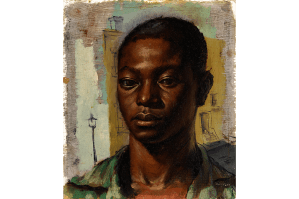
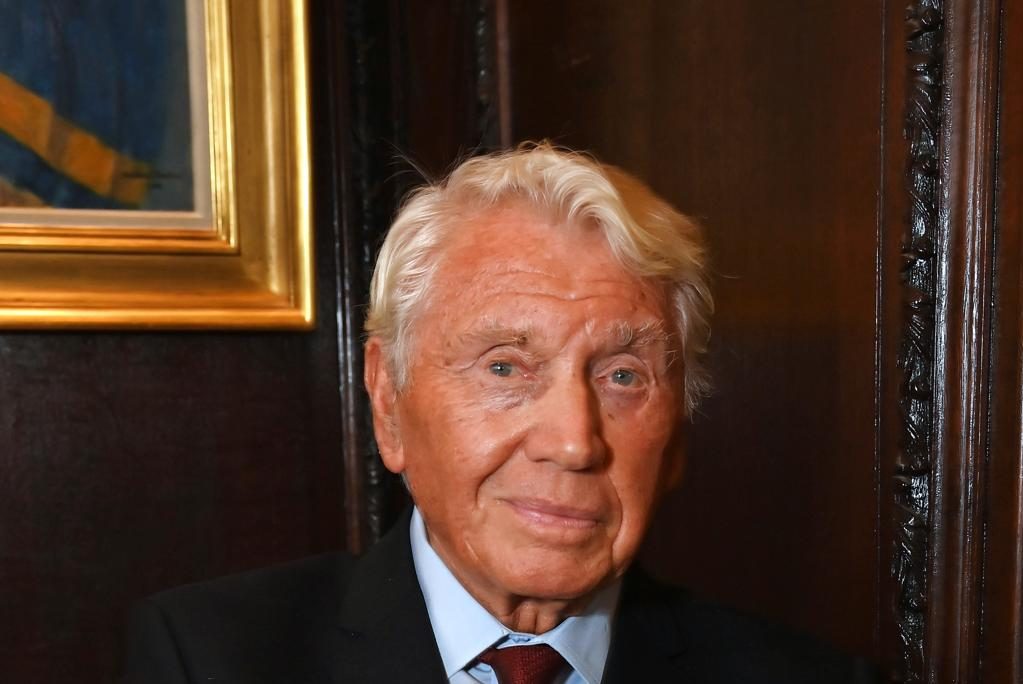

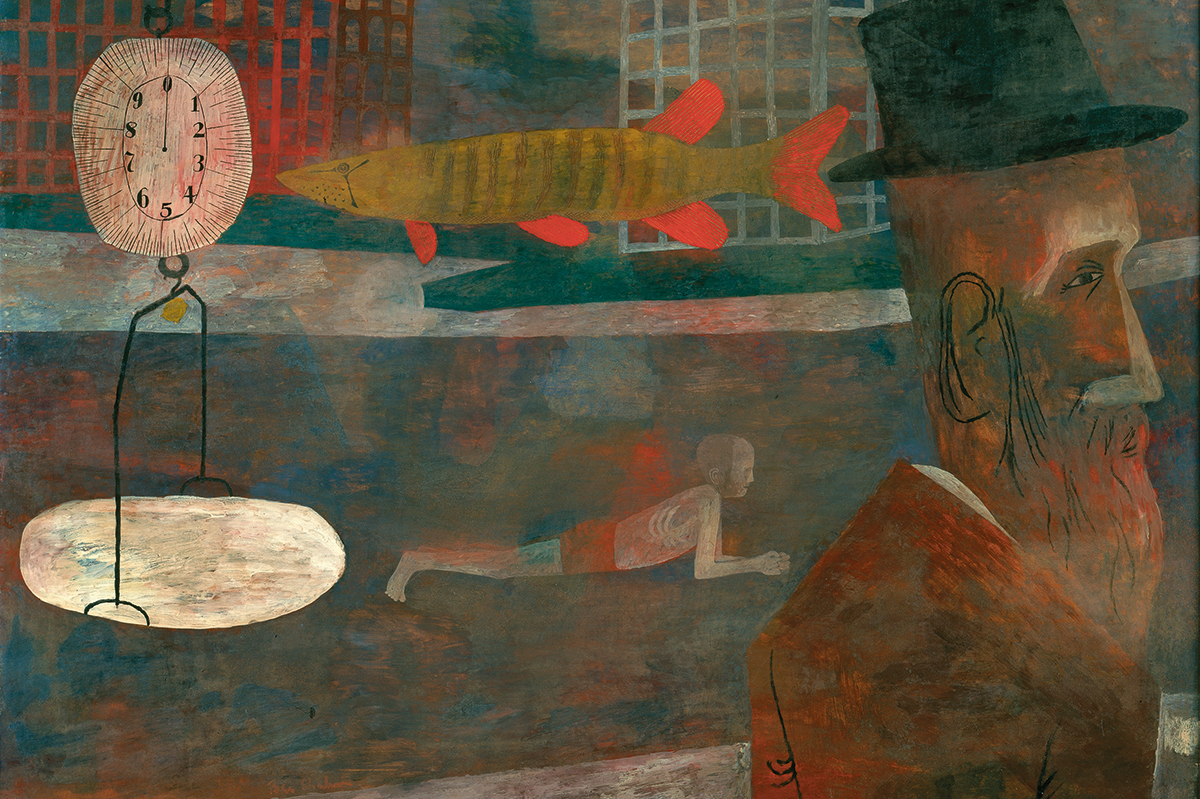
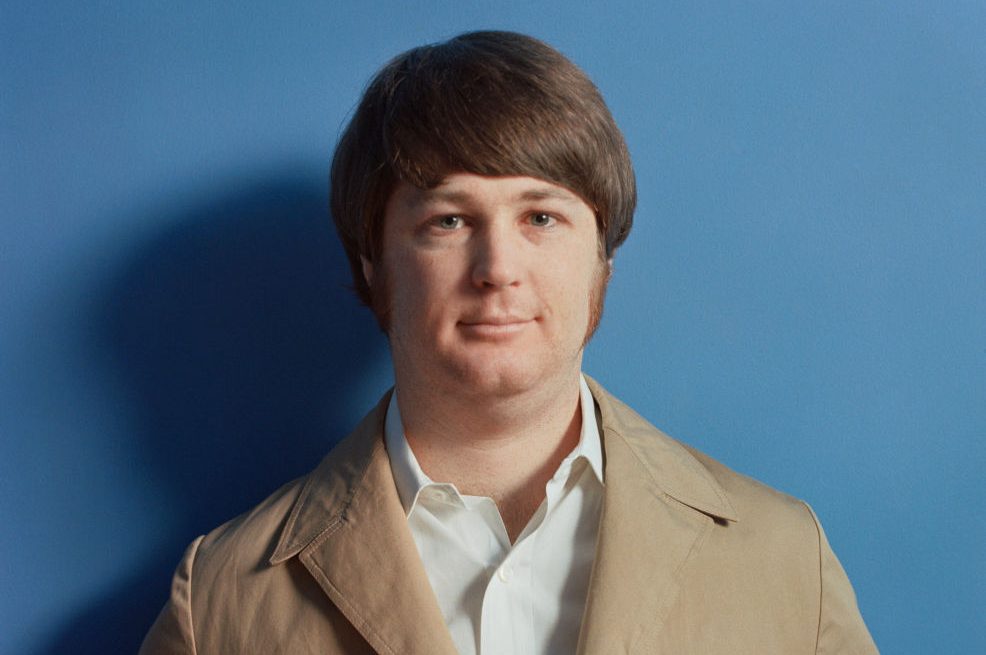
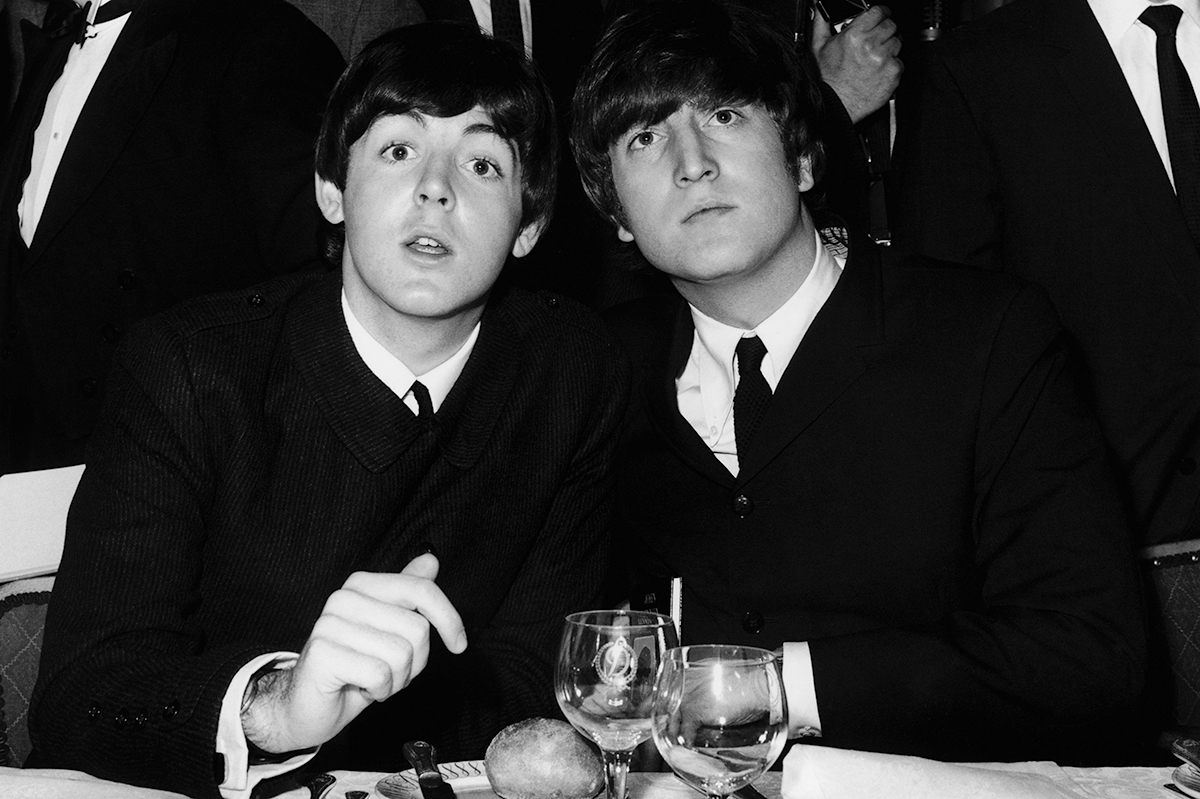
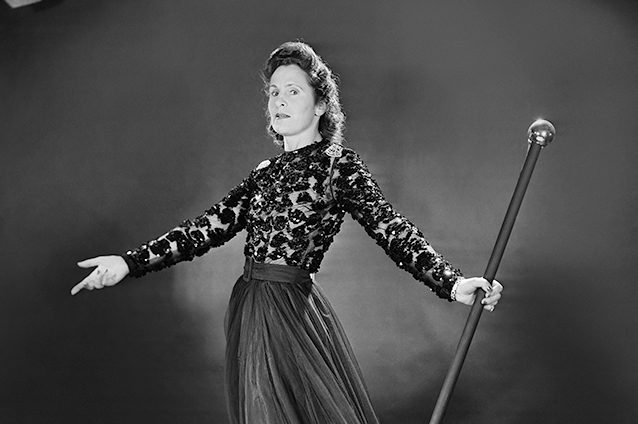







Leave a Reply